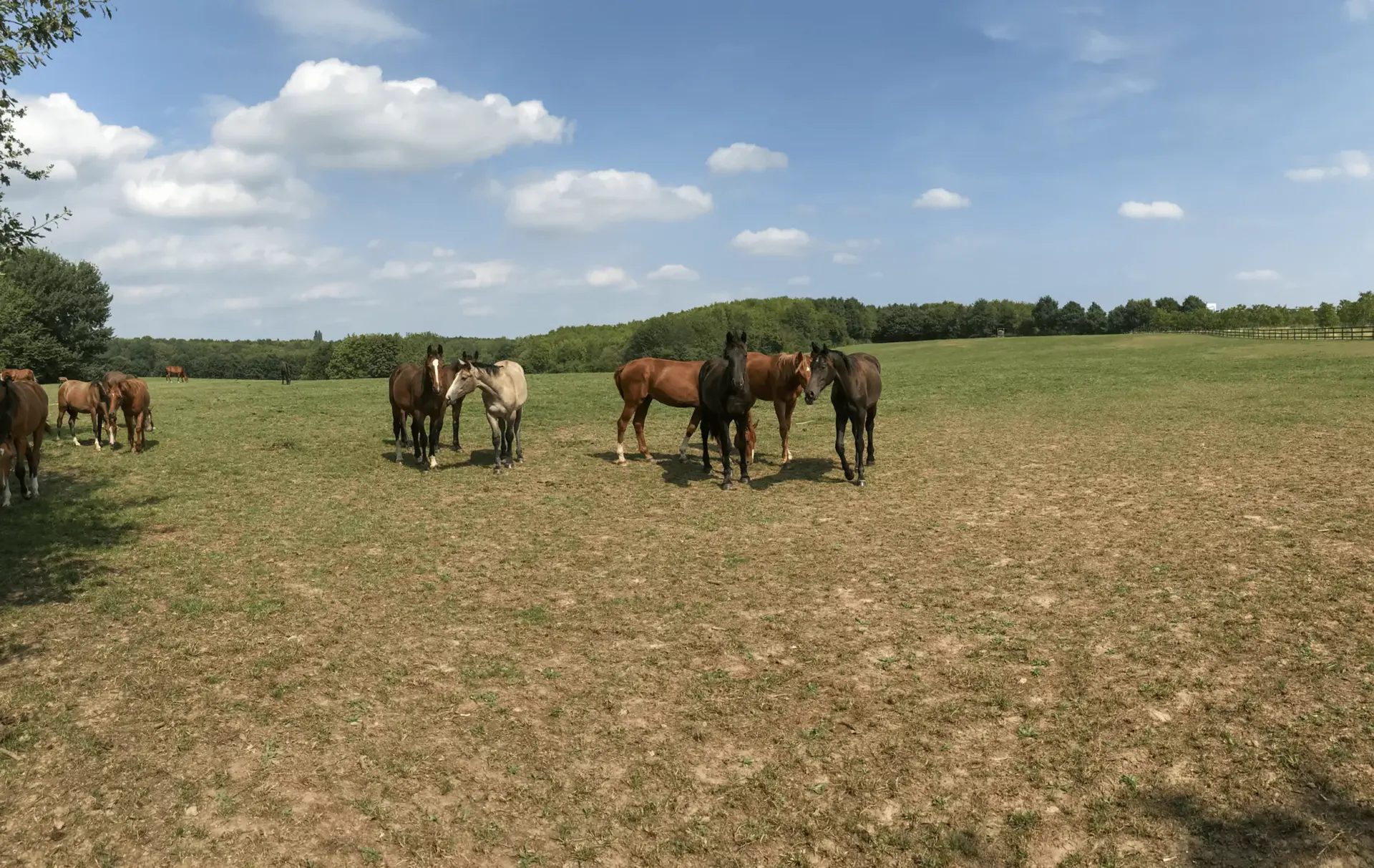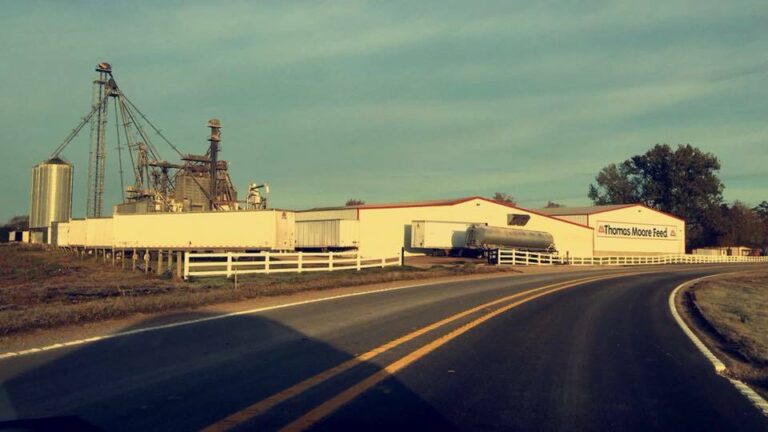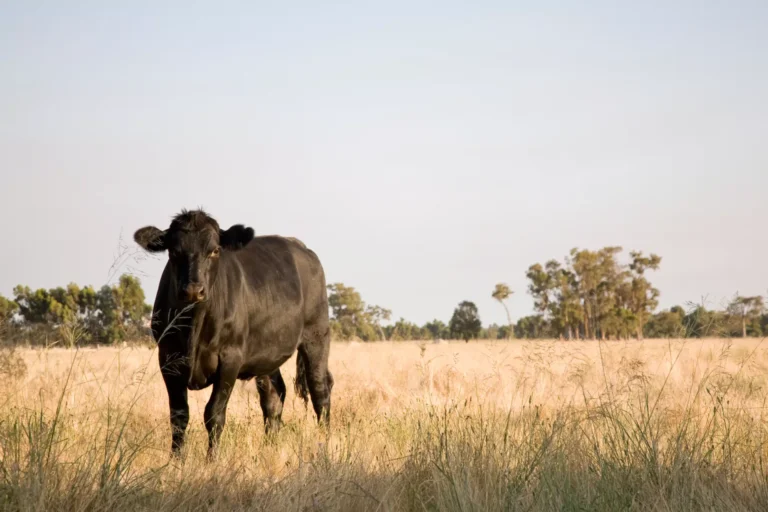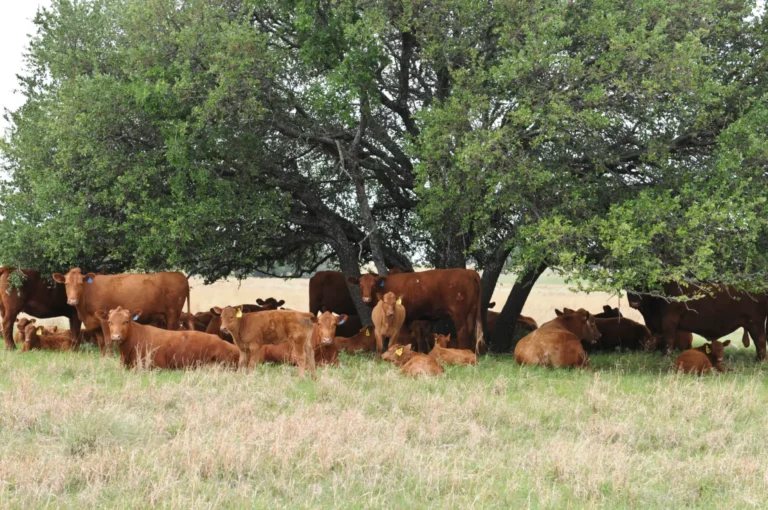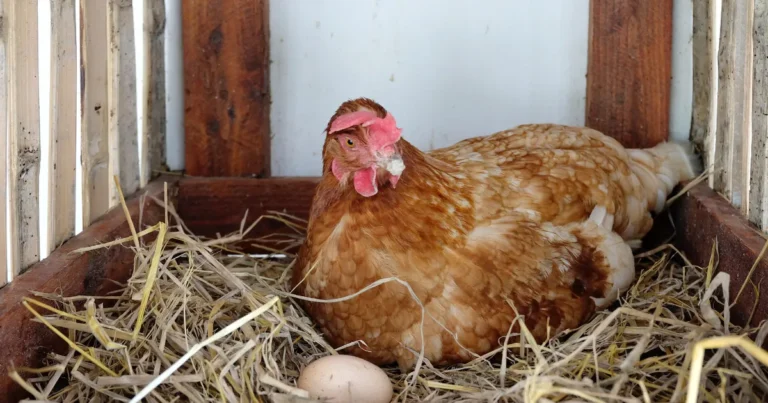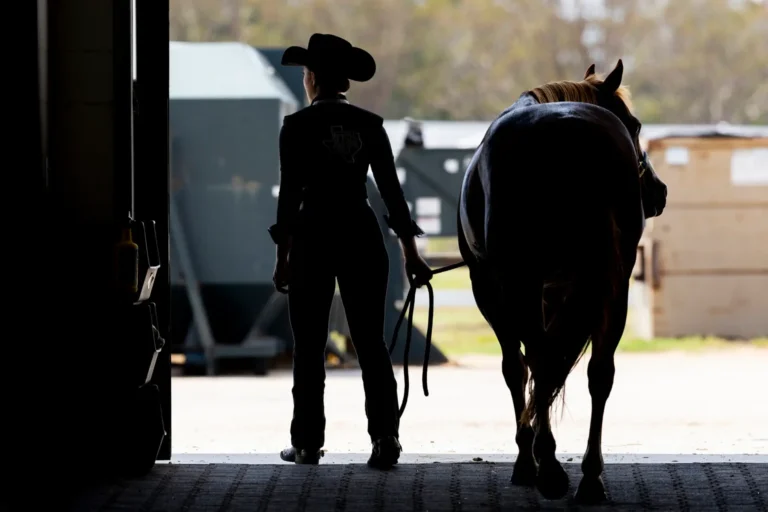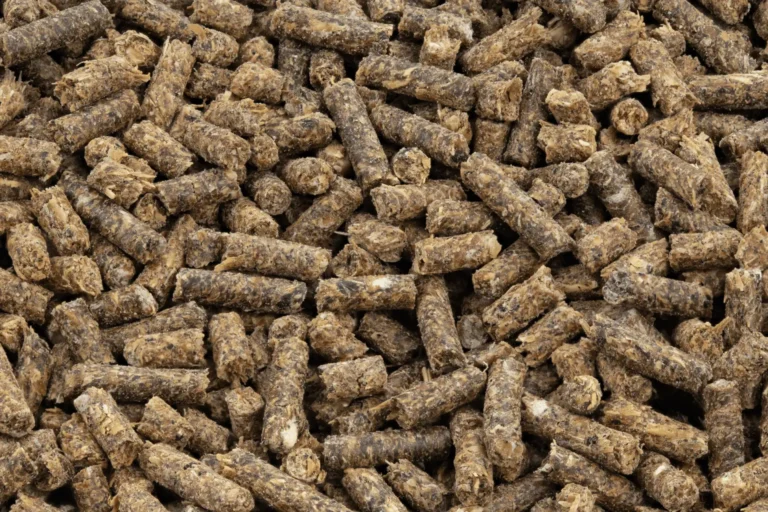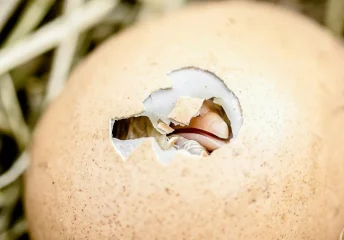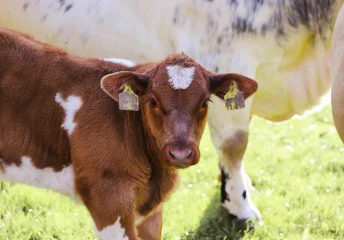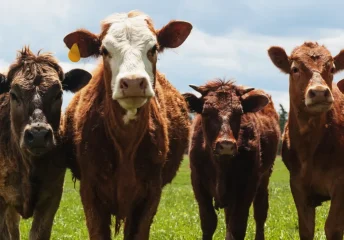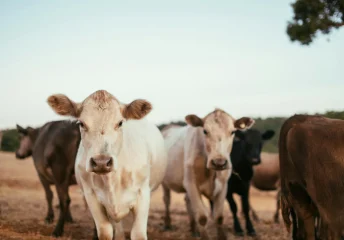As the temperatures rise, preventing heat stress in horses becomes a critical concern for equine caretakers and owners alike. Heat stress can severely impact a horse’s health and performance, and can lead to dehydration, colic, heatstroke, and even death. By using these expert strategies for managing nutrition and environment, you can help your horse stay cool, hydrated, and healthy during the sweltering summer months.
Understanding Heat Stress in Horses
Heat stress occurs when a horse’s body temperature rises beyond its ability to dissipate heat. In short: if a horse stays too hot for too long, heat stress can set in. Horses primarily cool down through the process of evaporative cooling through sweating – but this can be hindered by excessive heat or humidity. Heat stress typically occurs during the summer months, and is more common in humid climates and in working horses. Heat stress can also occur in excitable horses, stress while trailering, and during times of intense exertion.
The symptoms of heat stress in horses include:
- Rectal body temperature of 103°F or higher
- Shallow, rapid breathing or flared nostrils at rest
- Elevated heart rate
- Excessive sweating
- Lethargy
- Decreased appetite
Heat stress can quickly progress into heatstroke, which can cause irreparable damage to a horse’s internal organs. Heatstroke occurs when a horse’s body temperature continues to climb, reaching temperatures of 106-110°F. Signs that horses are progressing into heatstroke include:
- Little or no sweating
- Extremely rapid breathing
- Collapse
Expert Strategies to Prevent Heat Stress in Horses
You mitigate the risk of heat stress in your horses by employing nutrition and environmental management strategies. Remembering these key elements to keeping your horse nourished and supported will set them up to ride out the warm weather comfortably.
Adequate Hydration
Hydration is paramount when it comes to preventing heat stress in horses. Your horses need constant access to fresh, clean water, especially during the hotter months. On average, one horse will drink between 5-10 gallons of water per day under normal circumstances, but this amount could easily double during periods of intense heat or exercise. You may also want to provide electrolytes in buckets of water, or mixed into their feed rations to help replenish minerals lost through sweating.
Balanced Diet
Salt
Salt is essential for regulating body temperature and maintaining hydration. Some owners find that their horses will consume more salt when this mineral is offered in its loose form next to their water source. Other horses will lick a salt block or brick mounted in their stall, or under another covered surface. Choose the form that works best for your horse, and make sure they have free-choice access to salt at all times.
Shade and Shelter
Shade is essential for preventing heat stress in horses. Make sure your horses have plenty of shade that they can access anytime of the day, taking into account the sun’s trajectory. This is especially important during the hottest part of the day – typically in the afternoons between 2:00-6:00 pm. Trees, run-in shelters, or shaded barns can offer respite from the sun. Make sure all shaded areas are well ventilated to promote air circulation.
Cooling Methods
Hose down your horse regularly throughout the day, focusing on areas with large blood vessels like the neck, chest, and legs. Use fans in barns or stalls to circulate the air, or install misters to lower the ambient temperature in shelters. Don’t use fly sheets or other turnout sheets during the summer, as these will trap sweat and your horse’s body heat beneath them.
Adjust Routines
Modify your horse’s training or exercise routine during the hot months to prevent overheating. Schedule workouts in the early mornings or late evenings, and reduce their intensity as needed. For stabled horses, limit turnout time to the cooler parts of the day, and make sure they have access to plenty of shade and water while in the pasture.
How to Handle Heat Stress
If you see the signs and symptoms of heat stress in your horse, it’s important to take quick action. Move them to a cooler place, and take their temperature. A horse’s normal temperature should be between 99-101.5°, and pinch the skin of their neck to check for tenting from dehydration. Offer them cool water, and gently sponge or spray them with cool water to bring their body temperature down. If you don’t see improvement within a few minutes, or if your horse continues to decline, call your veterinarian.

